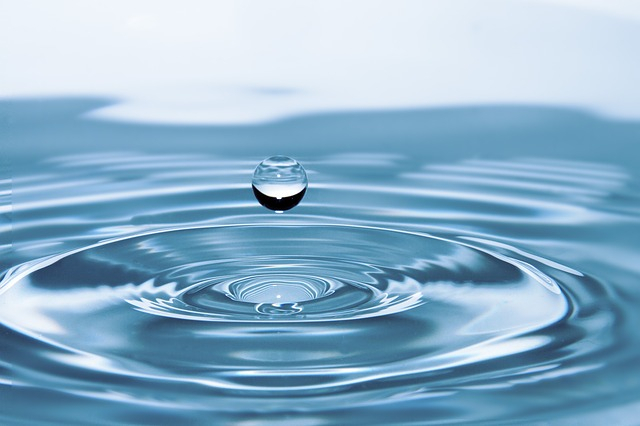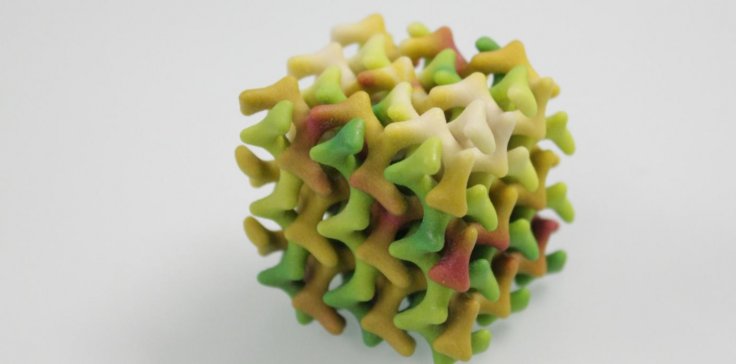
A team of scientists at the ETH Zurich and the University of Zurich has developed an effective way to stop water from freezing even at extreme sub-zero temperatures.
During the study, researchers successfully prevented water from forming ice crystals and retained the amorphous nature of a liquid.
Initially, researchers synthesized a new class of lipids to create a new form of "soft" biological matter known as a lipidic mesophase. These lipids behave in a similar way like natural fat molecules and they spontaneously self-assemble and soon aggregates to form membranes.
These membranes later adopt and form a uniform arrangement, resulting in a network of connected channels that measure less than one millimetre in diameter. So, what makes this structure of channels so unique and special? Unlike in an ice tray, there is no room in the narrow channels for water to form ice crystals in this lipidic mesophase, and as a result, the water molecules remain disordered even at extreme sub-zero temperatures.

To affirm their finding, scientists who took part in the study a lipidic mesophase consisting of a chemically modified monoacylglycerol to an extreme sub-zero temperature as low as minus 263 degree Celsius using liquid helium. The research report published in the journal Nature Nanotechnology revealed that water remained glassy at this temperature, and no ice crystals were formed. It should be noted that minus 263 degree Celsius is actually a mere 10 degrees above the absolute zero temperature.
The research report reveals that the main factor behind this non-freezing is the ratio of lipids to water.
"What makes developing these lipids so tricky is their synthesis and purification. This makes them extremely difficult to work with The novelty of our lipids is the introduction of highly strained three-membered rings into specific positions within the hydrophobic parts of the molecules. These enable the necessary curvature to produce such tiny water channels and prevent lipids to crystallize," said Ehud Landau, Professor of Chemistry at the University of Zuric in a recent statement, Eurekalert.org reports.
A few months back, researchers at the University of Illinois had developed a catalyst that could help split water molecules to produce hydrogen fuel. During the study, researchers noted that electrocatalytic material made from mixing metal compounds with perchloric acid could easily break the bonds between hydrogen and oxygen, thus allowing to reap hydrogen fuel in an effective manner.









